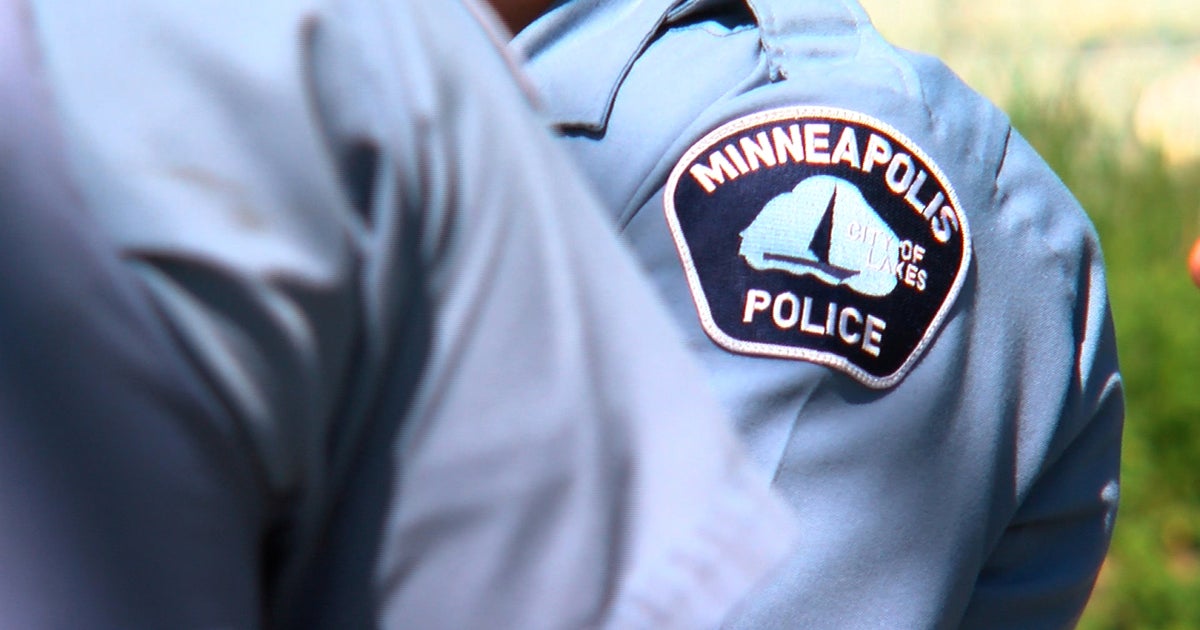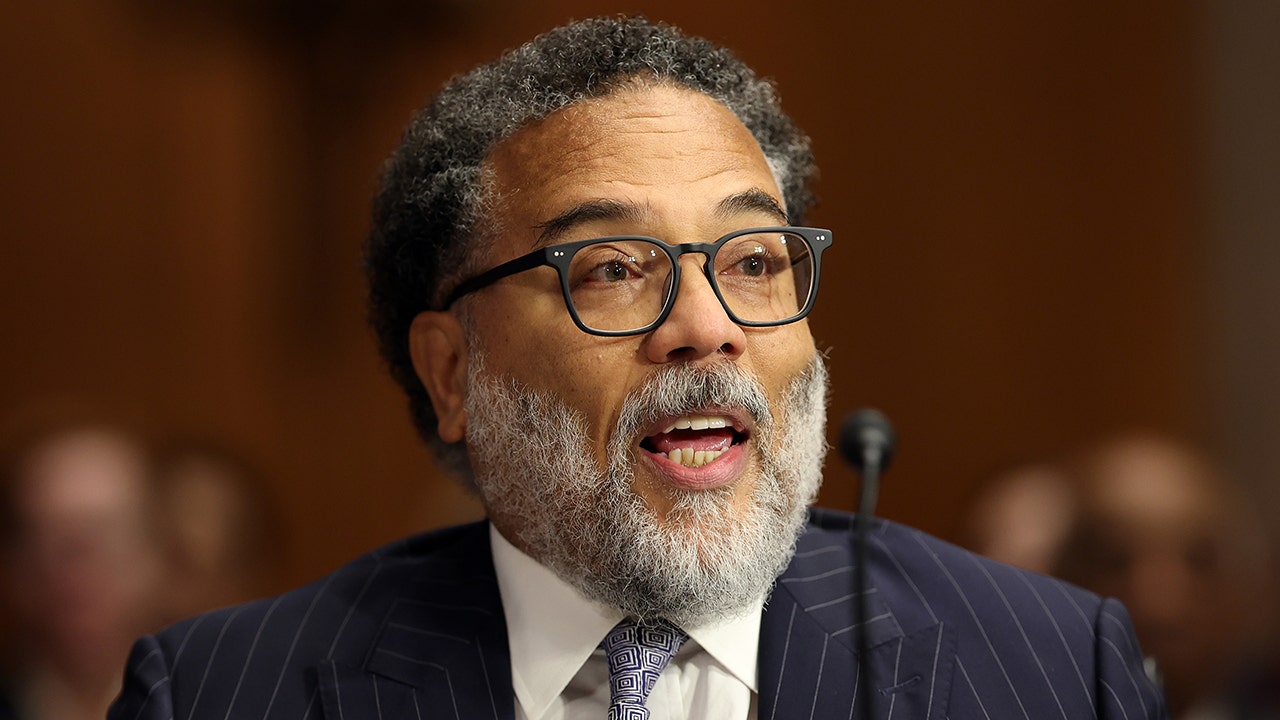Education
Grief and Anger Continue to Reverberate From Jacksonville Shootings

Two days after a gunman killed three Black people at a Dollar General store in Jacksonville, Fla., in a racially motivated attack, and as grief and anger reverberated through the community, new details about the gunman’s writings and the timeline of events continued to emerge.
On Saturday, the gunman, identified by the authorities as Ryan Christopher Palmeter, 21, from neighboring Clay County, used an AR-15-style rifle that bore swastika markings to kill two shoppers and an employee before killing himself.
At the time of the shooting, his family found a last will and testament and a suicide note in his bedroom as part of more than 20 pages of racist writings, Sheriff T.K. Waters of the Jacksonville Sheriff’s Office said over the weekend.
On Monday, ABC News, citing a transcript of an F.B.I. conference call it had obtained, reported that Sherri E. Onks, special agent in charge of the F.B.I.’s field office in Jacksonville, told state and local law enforcement that the bureau had identified several documents that included “racist writings and rants that depict a hatred toward African Americans, as well as other groups.”
“One of the primary themes throughout the writings is a belief in the inferiority of Black people,” Ms. Onks said, according to ABC News. “And there’s also evidence that he harbored anti-LGBTQ+ and antisemitic grievances.”
In a news conference on Monday afternoon, Sheriff Waters said that the gunman’s writings indicated that he was acting alone and seemed to indicate a broader focus for his rage.
“He didn’t like government, he didn’t like left or right,” Sheriff Waters said. “He didn’t like anything.”
It was previously reported that Mr. Palmeter was held for involuntary psychiatric evaluation in 2017, when he was 15, and that a year earlier the police received a domestic violence call involving him and his brother. On Monday, those police reports were released.
The documents from 2017 reveal that he had left his family home one day and refused to return. The document says that he left a note indicating that he had left the residence to commit suicide.
He was eventually located by his mother and brought back home. Upon arrival, a police officer spoke to Mr. Palmeter, who said that he had planned “to climb the Bank of America tower and jump off of it.”
Based on these statements, the officer took Mr. Palmeter into custody and held him for a 72-hour psychiatric evaluation.
At the news conference on Monday, Sheriff Waters gave more details about Mr. Palmeter’s actions on Saturday before the shooting, with new surveillance footage showing him entering a Family Dollar store before he stopped at Edward Waters University, a historically Black university, and before the deadly shooting that occurred just after 1 p.m. at the Dollar General.
“It looks like he wanted to take action at the Family Dollar,” Sheriff Waters said. “And he did not because I think he got impatient, got tired of waiting.”
The local authorities confirmed that Mr. Palmeter had worked at a Dollar Tree store in the Oak Leaf area, in Clay County, from October 2021 to July 2022. The sheriff said that it was unclear why he had targeted the Dollar General store.
Earlier on Monday, schools officials at Edward Waters University said that they believed that the gunman had most likely aimed to carry out the attack there as he parked his car on the campus and donned body armor, gloves and a mask while in the parking lot.
“He could have gone any place in the city, but he came to Florida’s first H.B.C.U. first, and so I think you know, circumstantially, we can conclude that this is where he aimed to complete his horrid act,” the university’s president, Dr. A. Zachary Faison Jr., said.
Sheriff Waters said on Monday afternoon that he did not believe that the university was a target.
In the fallout of the shooting, Mr. Faison Jr. said that students on campus were “having a really hard time,” adding that they were afraid and that there was a lot of apprehension.
“This has rocked our community,” he added.
Part of the aftermath has been outrage directed at Gov. Ron DeSantis, a Republican who has been at odds with the Black community in Florida for months and who has come under fire for rejecting the curriculum of an Advanced Placement class on African American studies and for rewriting African American history courses.
Mr. DeSantis announced on Monday that he would award $1 million through the Volunteer Florida Foundation to Edward Waters University to “bolster campus security,” as well as $100,000 to the families of the three victims.
In response, State Representative Angie Nixon, a Democrat who represents Jacksonville, urged the governor to “reckon with the damage he has caused, to apologize for the harm he has inflicted and to actively work towards undoing the racist system he’s helped uphold and grow.” The governor was widely condemned at a protest march on Monday night.
The protest came a day after Mr. DeSantis was heckled and booed at a prayer vigil for the three victims.
As the authorities continue to piece together the timeline of events, the local community is reckoning with what led up to the deaths of the three victims, who were identified as Angela Michelle Carr, 52; Anolt Joseph Laguerre Jr., known as A.J., 19; and Jerrald De’Shaun Gallion, 29.
On Monday, Bishop John Guns of St. Paul Missionary Baptist Church in Jacksonville, where Mr. Gallion was part of the congregation, said in an interview that Mr. Gallion had been committed to doing the right thing.
He said Mr. Gallion had been a dedicated father who was “finding his way into church, he was doing the best he could, and he’s taken away because someone decided that Black lives don’t matter,” Mr. Guns said. “For someone to kill a stranger because of how they look outwardly, that is the epitome of evil.”
In the community there is anger, Mr. Guns said, but also exhaustion.
“I pastor on the north side of Jacksonville, so it’s a community that has at times seemingly been left out and ignored or treated inadequately,” he said. “I’ve seen it all. I’ve seen a lot. I’ve witnessed a lot of death.”
“We’re burying our future,” he added.

Education
Video: Several Killed in Wisconsin School Shooting, Including Juvenile Suspect

new video loaded: Several Killed in Wisconsin School Shooting, Including Juvenile Suspect
transcript
transcript
Several Killed in Wisconsin School Shooting, Including Juvenile Suspect
The police responded to a shooting at a private Christian school in Madison, Wis., on Monday.
-
Around 10:57 a.m., our officers were responding to a call of an active shooter at the Abundant Life Christian School here in Madison. When officers arrived, they found multiple victims suffering from gunshot wounds. Officers located a juvenile who they believe was responsible for this deceased in the building. I’m feeling a little dismayed now, so close to Christmas. Every child, every person in that building is a victim and will be a victim forever. These types of trauma don’t just go away.
Recent episodes in Guns & Gun Violence
Education
Video: Biden Apologizes for U.S. Mistreatment of Native American Children

new video loaded: Biden Apologizes for U.S. Mistreatment of Native American Children
transcript
transcript
Biden Apologizes for U.S. Mistreatment of Native American Children
President Biden offered a formal apology on Friday on behalf of the U.S. government for the abuse of Native American children from the early 1800s to the late 1960s.
-
The Federal government has never, never formally apologized for what happened until today. I formally apologize. It’s long, long, long overdue. Quite frankly, there’s no excuse that this apology took 50 years to make. I know no apology can or will make up for what was lost during the darkness of the federal boarding school policy. But today, we’re finally moving forward into the light.
Recent episodes in Politics
Education
Video: Los Angeles Bus Hijacked at Gunpoint

new video loaded: Los Angeles Bus Hijacked at Gunpoint
transcript
transcript
Los Angeles Bus Hijacked at Gunpoint
The person suspected of hijacking a bus which killed one person, was taken into custody after an hourlong pursuit by the Los Angeles Police Department early Wednesday morning.
-
“Get him.”
Recent episodes in Guns & Gun Violence
-

 Business7 days ago
Business7 days agoThese are the top 7 issues facing the struggling restaurant industry in 2025
-

 Culture7 days ago
Culture7 days agoThe 25 worst losses in college football history, including Baylor’s 2024 entry at Colorado
-

 Sports6 days ago
Sports6 days agoThe top out-of-contract players available as free transfers: Kimmich, De Bruyne, Van Dijk…
-

 Politics5 days ago
Politics5 days agoNew Orleans attacker had 'remote detonator' for explosives in French Quarter, Biden says
-

 Politics5 days ago
Politics5 days agoCarter's judicial picks reshaped the federal bench across the country
-

 Politics3 days ago
Politics3 days agoWho Are the Recipients of the Presidential Medal of Freedom?
-

 Health2 days ago
Health2 days agoOzempic ‘microdosing’ is the new weight-loss trend: Should you try it?
-

 World7 days ago
World7 days agoIvory Coast says French troops to leave country after decades














